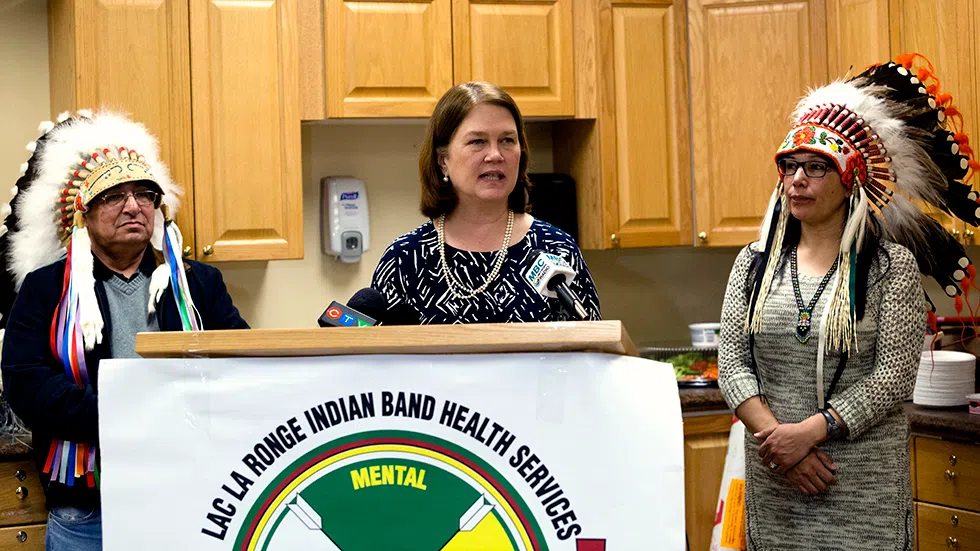
Year in Review: Support rolls in for northern youth
As 2017 draws to a close, paNOW is taking a look back on the most important and impactful stories of the year, selected by our reporters and editorial staff.
In October of 2016, the communities of La Ronge, Stanley Mission, Deschambault Lake and Makwa Sahgaiehcan experienced six tragic deaths of girls between the ages of 10 to 14. Through 2017, various measures were taken by Indigenous communities and the provincial and federal governments to answer to this crisis.
Federal government addresses situation
In April, federal health minister Jane Philpott travelled to La Ronge to announce $1.2 million dollars in funding dedicated to mental health and wellbeing in the North. The funding was to be split between the Lac La Ronge Indian Band and the Peter Ballantyne Cree Nation for mental wellness teams.


